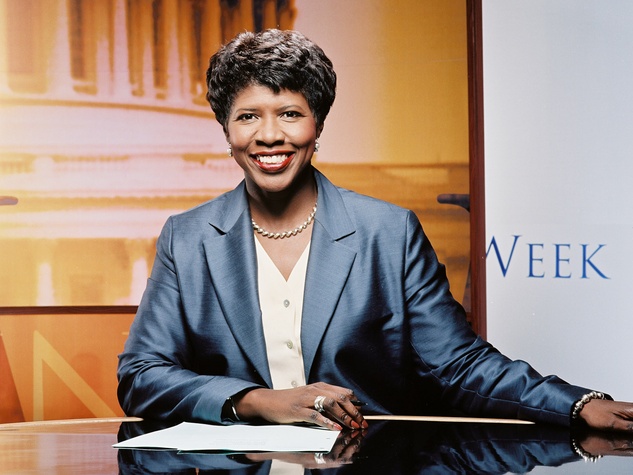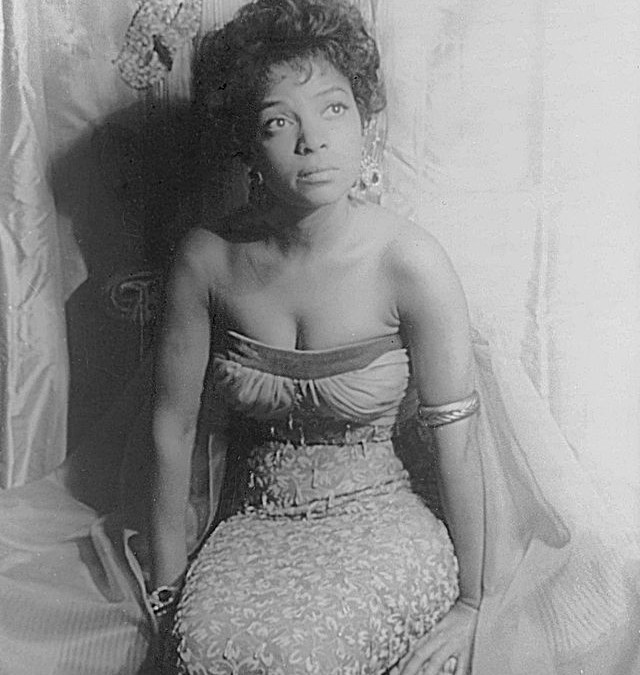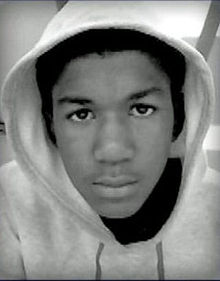
by Yanick Rice Lamb | Aug 18, 2018 | |
Publication No. 14 Creative Work/Article Lamb, Y.R. (Oct. 28, 2016). “African-American History Museum Does Justice to Women.” Women’s Media Center. http://www.womensmediacenter.com/feature/entry/museum-of-african-american-history Synopsis The Women’s Media Centerinvited me to write about the stories and contributions of women as they relate to the Smithsonian National Museum of African-American History and Culture. Impact The Smithsonian’s newest and 19thmuseum has created a sensation since its opening in September 2016. Nearly 3 million people around the world have stood in line to visit “the only national museum devoted exclusively to the documentation of African American life, history and culture,” with roughly 100,000 becoming members. The museum evokes an emotional response to its holdings — only a fraction of which (about 3,000 of 37,000 objects) are on display. It has elevated interest in history, genealogy and frank discussions about race. This article captures some of the energy of those early days through thevoices of curators, donors and visitors. As one misty-eyed woman visitor put it, “They told it all”—from Black Power to #BlackLivesMatter. They told the good, the bad, and the downright ugly, but it’s an inspiring kind of sensory overload that makes you want to come back for more. “I’m sure the ancestors stood and applauded what we all saw,” said Carol Hector-Harris, who donated a fragile letter discovered in her great-great-grandmother’s ledger. In 1851,William Lloyd Garrison, publisher of The Liberator, wrote the letter to help her ancestor, Thomas H. Jones, secure lodging and avoid arrest under the Fugitive Slave Law. “Everything my eyes fell upon, I was saying, ‘Oh my God!’ I had my hand over my mouth. I had my hand over my heart.”...

by Yanick Rice Lamb | Aug 16, 2018 | |
Publication No. 13 Creative Work/Article Lamb, Y.R. (Feb. 18, 2017.) “Remembering Gwen Ifill.” USA Todaynewspaper and USA TODAY’s Black History Month Special Edition: History Comes Home.https://www.usatoday.com/story/money/business/2017/02/18/black-history-month-remembering-gwen-ifill/97422124/ Synopsis USA Today invited me to write two articles for a Black History Month Special Edition circulated internationally: http://onlinestore.usatoday.com/black-history-month-2017-p18570.aspx The articles also ran in the regular newspaper. The editor was attracted to a previous piece that I wrote about the life and death of journalist Gwen Ifill for the Women’s Media Center. Impact Fame never changed Gwen Ifill. “She was ‘regular’ in the best sense of the word,” recalls Kevin Merida,who met her as a college student and later became friends and friendly competitors. She made a smooth transition from print to broadcast journalism, becoming moderator and managing editor of PBS’s Washington Week as well as co-anchor and managing editor of PBS NewsHour — the last positions she held before her death Nov. 14 of cancer at age 61. Her death resonated with everyone from the Obamas to ordinary citizens of all backgrounds. Ifill just did her job and did it well — so well that guests gravitated toward Washington Week for its no-nonsense quality. Journalists emulated her, and viewers tuned in night after night. ABC reporter Candace Smith likens Ifill’s impact to that of the first African-American woman to go into space. “She was the Mae Jemison of journalism, our own trailblazer, our pioneer.” USA Today has average daily paid circulation Monday to Friday of 726,906 with a print readership of 2.6 million and 97.4 million unique visitors on its website. This publication meets criteria No. 10 set forth on page 10 in Appendix A of Recommendation 305-2015 as an Exemplary Creative/Professional Activity....

by Yanick Rice Lamb | Aug 16, 2018 | |
Publication No. 11 Creative Work/Article Lamb, Y.R. (March 29, 2018). “50 Years After the Kerner Commission, Little Progress for People of Color in Media.” Women’s Media Center.http://www.womensmediacenter.com/news-features/50-years-after-the-kerner-commission-little-progress-for-people-of-color-in-media Synopsis Fifty years ago, the Kerner Commission blamed media portrayals, or lack thereof, for contributing to nationwide uprisings in the summer of 1967 by African Americans who were sick and tired of being sick and tired, to paraphrase Fannie Lou Hamer. The National Advisory Commission on Civil Disorders, as it was officially called, appointed by President Lyndon Johnson to investigate the underlying causes of the unrest, made some sobering findings, concluding, “Our nation is moving toward two societies, one black, one white — separate and unequal.” It also found that the media presented a fragmented picture to the public that failed to show the everyday lives of black and brown people and that underplayed disparities in areas such as education, housing, employment, income, health, and policing. To mark the 50th anniversary of the report, commemorative conferences, studies, and other research have assessed progress in the last half-century. The picture is decidedly mixed, with African-American unemployment, for example, consistently remaining about double the rate for whites, the Economic Policy Institute found. More people of color work in some segments of media, but nothing near fair representation. Coverage is more diverse, but stereotypes and distortions persist. Impact This article was circulated widely on social media with references to many of the points for the need for more diversity in journalism to reduce stereotypes and misleading coverage. Black journalists’ expertise and sensibilities are essential to providing a fair and balanced view of the world, especially communities of...

by Yanick Rice Lamb | Aug 10, 2018 | |
Publication No. 25 Creative Works/Article Collection Research and Reporting on Lifestyles and Popular Culture Role: Researcher and writer Impact and Reach This collection of research and reporting on lifestyles and other features help to provide balance to coverage of African Americans that’s far too often negative. In fact, coverage throughout the diaspora has a disproportionate focus on what I call the three Cs: coups, crisis and crime. These articleshighlight unreported and underreported topics and trends. Some of them are historic (Althea Gibson and Ruby Dee), some are serious (self-esteem issues and self-hatred due to discrimination, including colorism), some are heartfelt (my experience teaching at Howard) and some are light-hearted (popcorn addiction, the Capital Jazz Fest, tips for those who lose vacation days, and grandmas who don’t want to be called grandma — such as yours truly, Nini). Coverage of such topics can help to increase understanding among various segments of the population and “normalize” racial and ethnic groups often seen as the “other,” by sharing our achievements, the full range of our humanity, common interests and slices of everyday life. As the late journalist Les Payne often pointed out, for example, the media often acts as if it doesn’t snow on the homes of people of color during blizzards. When we’re out of sight and out of mind, it can have a snowball effect (pun intended) on more serious matters. Writing such articles is also helpful in discussing different writing styles and topics with my students. They have been widely distributed, including: Black AmericanWeb.com, the companion site for the Tom Joyner Morning Show, the No. 1 nationally syndicated radio programs with...

by Yanick Rice Lamb | Aug 10, 2018 | |
Publication No. 24 Research and Reporting on Political and Social Issues Role Researcher and writer Reach and Impact This collection of research and reporting on political and social issues is noteworthy because of the scope and reach of the Black Press; the individual and collective impact of the newspapers and websites; and their societal, journalistic and historical contributions. These articles bring much-needed attention to unreported and underreported topics such as minimum wage and pay equity; the pain of losing a child to violence; and disproportionate incarceration and execution. This is significant, because coverage of such topics can increase understanding among various segments of the population; present solutions to problems; or stimulate efforts to solve them. Some of these articles have been widely distributed through the Afro-American Newspapers and fellow NNPA members: Afro-American Newspapers: 12,767 in print; on the web, 7,070 daily unique visitors and 35,350 page views National Newspaper Publishers Association: circulates to 200 member newspapers Representative Samples “D.C. Mayor’s Wal-Mart Bill Veto Intensifies Minimum Wage Debate” http://www.afro.com/sections/news/afro_briefs/story.htm?storyid=79743, Sept. 13, 2013 (spot news) Texas Leads U.S. in Execution of African Americans” http://www.afro.com/sections/news/afro_briefs/story.htm?storyid=79354, Aug. 7, 2013 Trayvon Martin Case Fuels Anxiety for Black Moms http://www.afro.com/sections/news/afro_briefs/story.htm?storyid=79229, July 24, 2013 This collection meets criteria No. 10 set forth on page 10 in Appendix A of Recommendation 305-2015 as an Exemplary Creative/Professional Activity: Criteria No. 10. Authorship of works such asarticles, reviews, commentaries, multimedia, and/or other creative projects published or broadcast locally, nationally or internationally in newspapers, magazines, popular or industry-specific media (e.g., PR Tactics, JAE, Folio, AJR, CJR etc.) or on the Internet if they demonstrate high standards in the practice of the discipline. This can include: A collection...







Recent Comments